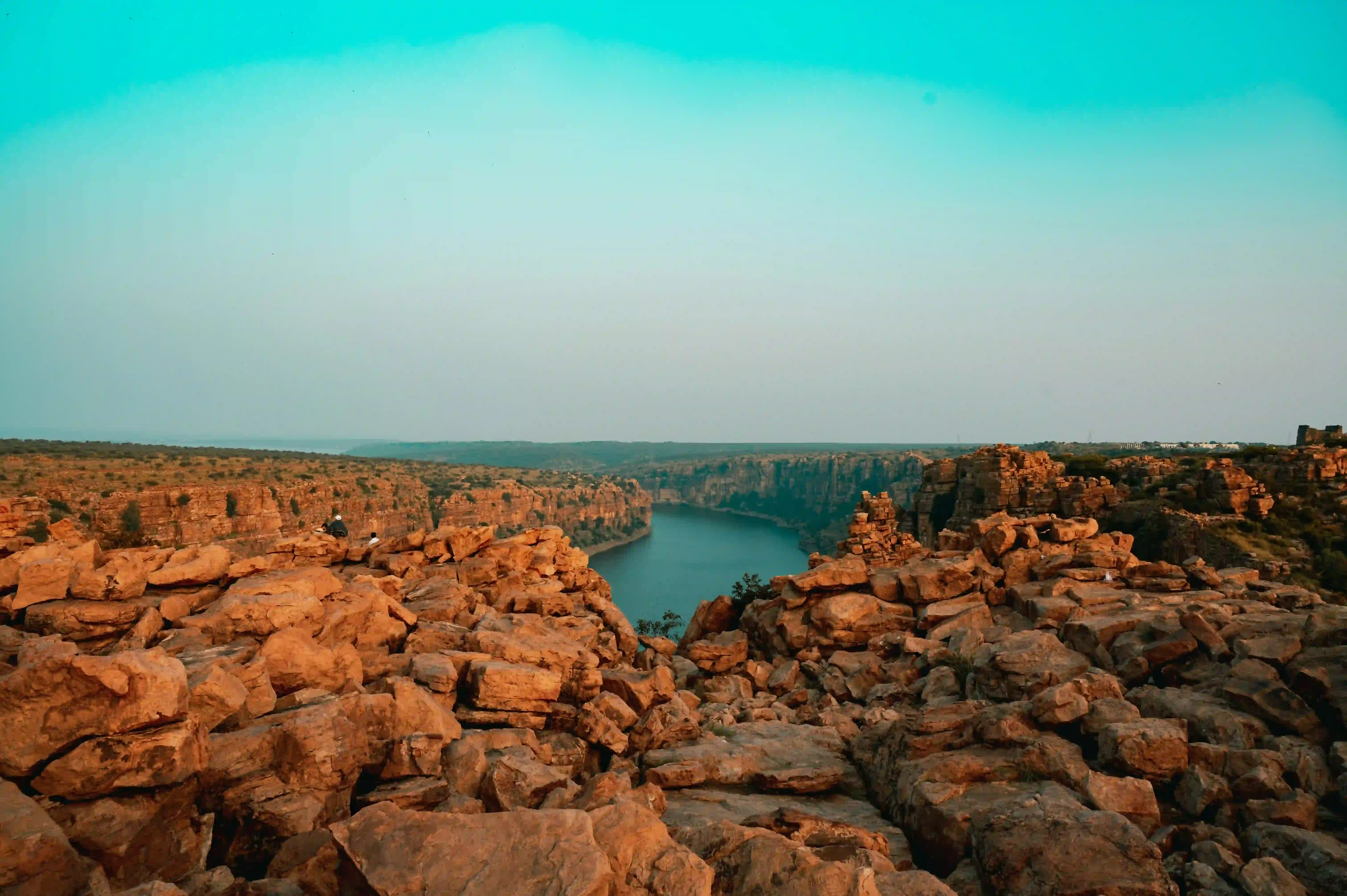Dudhwa National Park, nestled in the Terai region of Uttar Pradesh, India, stands as a testament to the country's rich natural heritage and conservation efforts. The park's history dates back to the early 20th century when the area served as a hunting ground for British rulers. However, the true story of Dudhwa as a protected area began in 1958 when the forest department of Uttar Pradesh established a small wildlife sanctuary in the region, primarily aimed at protecting the declining swamp deer population that faced extinction.
The transformation of Dudhwa from a hunting ground to a sanctuary marked a significant shift in India's approach towards wildlife conservation. The post-independence era brought new challenges as the forest faced threats from encroachment, with large swathes of land being converted for agricultural use. Its location along the Indo-Nepal border made it particularly vulnerable to poaching and illegal wildlife trade. During this critical period, the efforts of Billy Arjan Singh, a renowned conservationist, proved instrumental in shaping Dudhwa's future.
Singh's tireless advocacy for the protection of Dudhwa's ecosystem led to its elevation to national park status in January 1977, a significant milestone that afforded greater protection to the area's diverse flora and fauna. His persistent efforts culminated in Dudhwa being declared a tiger reserve in 1987 under Project Tiger, India's ambitious tiger conservation program. This declaration brought national attention to Dudhwa and provided additional resources for wildlife protection.
The landscape of Dudhwa National Park encompasses a unique mosaic of ecosystems spread across 490 square kilometers. The park features vast alluvial plains, dense sal forests, extensive grasslands, and numerous water bodies, supporting an incredibly diverse array of wildlife. The park serves as a sanctuary for several endangered species, including the Bengal tiger, Indian rhinoceros, swamp deer, and Bengal florican. A remarkable conservation achievement occurred in 1984-85 when seven rhinoceros were successfully relocated to Dudhwa from Assam and Nepal, effectively reintroducing a species that had vanished from the area 150 years earlier.
The cultural significance of Dudhwa extends beyond its natural boundaries through its connection with the indigenous Tharu community. These people have maintained an intricate relationship with the forest for generations, possessing deep knowledge of the local ecosystem and traditionally contributing to forest conservation. The establishment of the national park has brought significant changes to their relationship with the forest, creating a complex dynamic between maintaining their cultural practices and supporting modern conservation efforts.
Dudhwa National Park's importance in India's conservation landscape is multifaceted. It represents one of the last remaining examples of the Terai ecosystem, which historically stretched across the Himalayan foothills. The park's sal forests are considered among the world's finest, and its grasslands provide crucial habitat for numerous species. The successful rhinoceros reintroduction program serves as a model for species rehabilitation efforts. The park's location along the Indo-Nepal border makes it an integral part of a larger transboundary conservation area, connecting with Nepal's wildlife parks including Bardia, Banke, and Shukhaphanta National Parks.
Recent years have brought new challenges and opportunities to Dudhwa. Climate change and human-wildlife conflict pose significant threats to the park's ecosystem, while conservation efforts continue to evolve. The park has become an important center for research and education, contributing valuable insights into the Terai ecosystem and its inhabitants. While ecotourism has emerged as a potential conservation tool, offering visitors opportunities to experience the park's natural beauty while generating resources for protection efforts, it has also raised concerns about the impact on the park's fragile ecosystem and the indigenous Tharu community.
As Dudhwa National Park moves forward, it remains a symbol of India's commitment to wildlife conservation. Its journey from a hunting ground to a crucial tiger reserve reflects the evolution of nature conservation attitudes in India. The park continues to play a vital role in protecting endangered species, preserving a unique ecosystem, and balancing wildlife needs with those of local communities. The legacy of conservationists like Billy Arjan Singh and the resilience of the Terai ecosystem provide hope for the continued preservation of this remarkable natural wonder.









